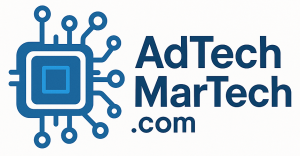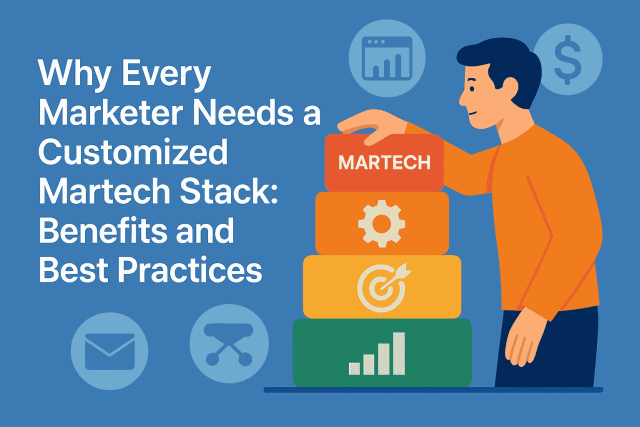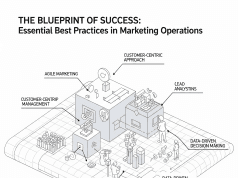In an age where technology dominates the marketing landscape, having a tailored marketing technology (martech) stack is crucial for every organization. A customized martech stack allows marketers to effectively engage with their audience, streamline processes, and ultimately drive better results.
Understanding the Martech Stack
A martech stack is a collection of tools and technologies that marketers use to execute, manage, and analyze their marketing campaigns. A customized martech stack is uniquely designed to align with a company’s specific goals, audience, and methodologies.
Benefits of a Customized Martech Stack
- Enhanced Agility and Flexibility
A personalized martech stack enables marketers to pivot swiftly in response to market changes or consumer behavior shifts. By utilizing flexible tools that cater to their specific needs, marketers can adapt and refine strategies, ensuring continued relevance and competitiveness. - Improved Data Integration and Insights
With a bespoke stack, organizations can seamlessly integrate disparate data sources. This holistic view of customer interactions allows for more informed decision-making and enables personalized marketing strategies that resonate with target audiences. - Cost Efficiency
Investing in a customized martech stack can reduce unnecessary expenditures. By selecting tools that align with specific business objectives, companies can avoid paying for features or subscriptions that are not beneficial to their operations, thereby optimizing their budget. - Enhanced User Experience
Tailoring the martech stack to meet user needs enhances the consumer journey. Whether through targeted content, targeted ads, or personalized emails, marketers can deliver relevant experiences that foster better engagement and increase conversion rates. - Better Performance Measurement
A customized stack allows for the implementation of metrics and KPIs that directly align with business goals. This focused approach makes it easier to track and analyze campaign performance, enabling continuous improvement.
Best Practices for Creating Your Customized Martech Stack
- Define Business Goals and Objectives
Before selecting tools, it’s essential for marketers to clearly define their business goals and what success looks like. This clarity will guide the selection of the right technologies that align with these objectives. - Conduct a Thorough Needs Assessment
Assess the specific needs of your marketing team and organization. Identify pain points, areas of improvement, and gaps within your current stack. Understanding user requirements is critical for making informed decisions. - Prioritize Integration Capability
Choose tools that integrate well with one another. A well-integrated stack allows for better data sharing and minimizes the risk of silos within your marketing operations. - Focus on Scalability
As your business grows, so should your martech stack. Opt for tools that can evolve with your needs, ensuring long-term viability and efficiency. - Invest in Training and Onboarding
A custom stack is only as effective as how well your team understands it. Invest in comprehensive training to ensure that all members are proficient in utilizing the tools effectively. - Regularly Review and Update Your Stack
The marketing landscape is ever-evolving. Continuously assess the effectiveness of your martech stack and make adjustments as necessary, dropping tools that no longer serve your needs and incorporating new technologies that enhance your strategy.
Conclusion
In the competitive world of marketing, a customized martech stack is no longer a luxury; it’s a necessity. By understanding the benefits and following best practices for creating a tailored stack, marketers can enhance their strategies, optimize processes, and drive measurable results. As the landscape continues to evolve, taking proactive steps to build and maintain a customized martech stack will empower marketers to stay ahead of the game.









